Driving in Germany is one of the best ways you can take in all the must-see sights at your leisure. You also won’t be constrained by the times of guided tours or delays with public transport.
However, for those not familiar with Germany’s driving requirements, the thought of navigating new roads with different rules can be intimidating.
Some of the rules you will encounter include items you must carry in your car, emissions stickers, and new road signs and markings. That is why, when you are planning your holiday, it is always important to thoroughly research your destination’s laws and rules before travelling.
For that extra bit of reassurance, you could also take out a standalone excess insurance policy. We understand things don’t always go as planned, so our car hire excess insurance is there to eliminate any worries and cover any accidental damage caused to your vehicle.
German Road Signs
German traffic signs are not too dissimilar from those found throughout the rest of Europe. This is because their shape, colour, and meaning are universal. Here is a general guideline for German road signs and their meaning:
- Red and white triangular signs are warning signs designed to draw your attention to potential hazards, e.g. slippery road surfaces
- Red and white circular signs are signs that indicate the laws of a certain section of road, e.g. no turning
- Blue and white circular signs are mandatory signs advising of an action you are required to carry out, e.g. pass on the right only
- Square signs are information signs that provide you with general details about the road, e.g. there is a priority road ahead
However, while some signs may be very familiar to you, it is always important to do your research and never assume that will be the case with all German traffic signs.
Failing to prepare ahead of time can put yourself and others at risk, with GOV.UK stating that only 37% of people check their destination’s driving laws before leaving the UK. In addition, they highlight that the most common causes of accidents are driver fatigue, drink-driving, speeding, and driving on the wrong side of the road.
To avoid receiving a hefty fine or worse, make sure you take the time to thoroughly do your research.
What are the essential German road signs to know?
Now that you are familiar with road signs and their general meaning, it is time to look at the ones you are likely to encounter during your holiday.
You may notice that some of the signs may be similar to those you have seen in the UK; however, it is always important to double-check any differences before taking to the road.
| ‘Yield’ or Give Way | Uneven Road | Stop |
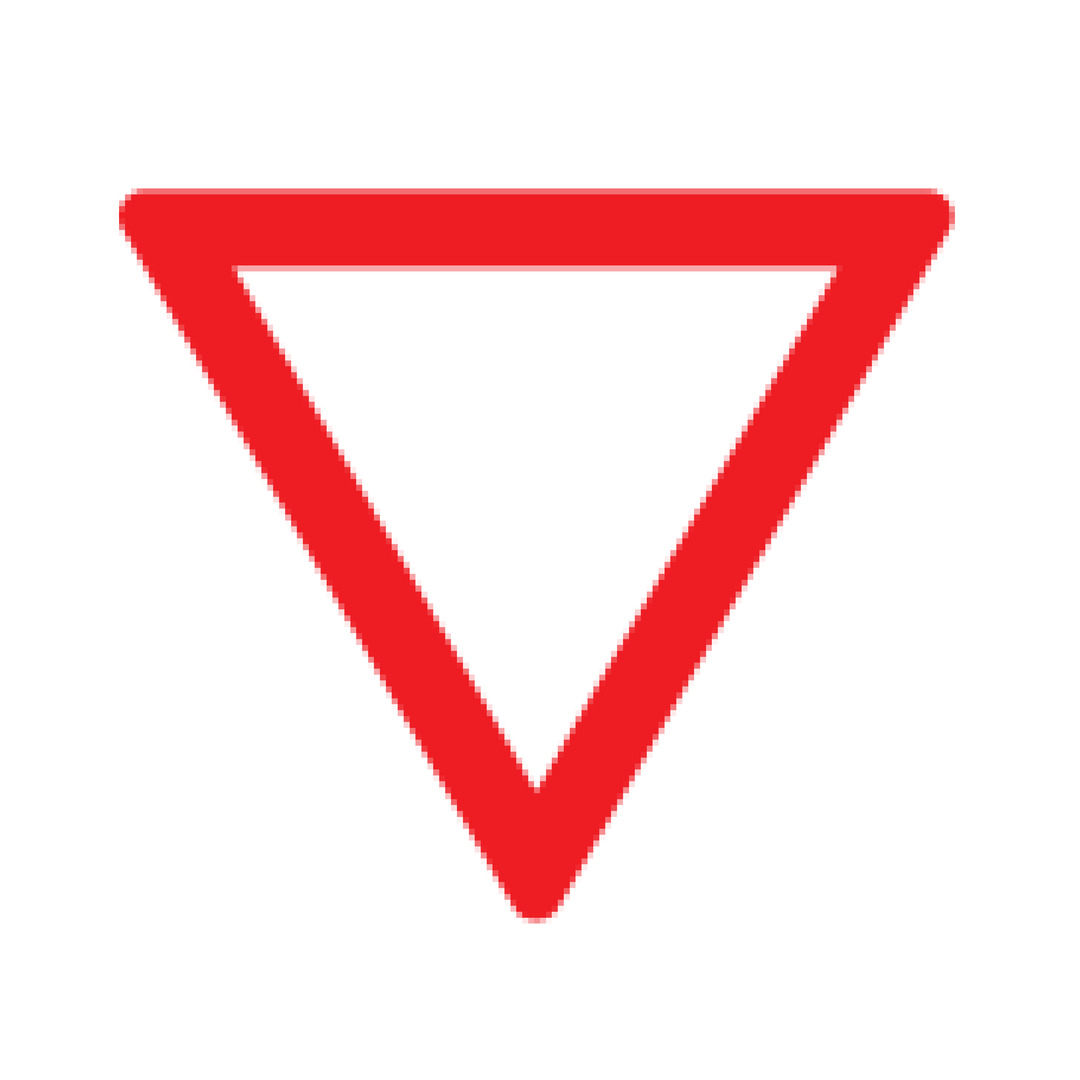 | 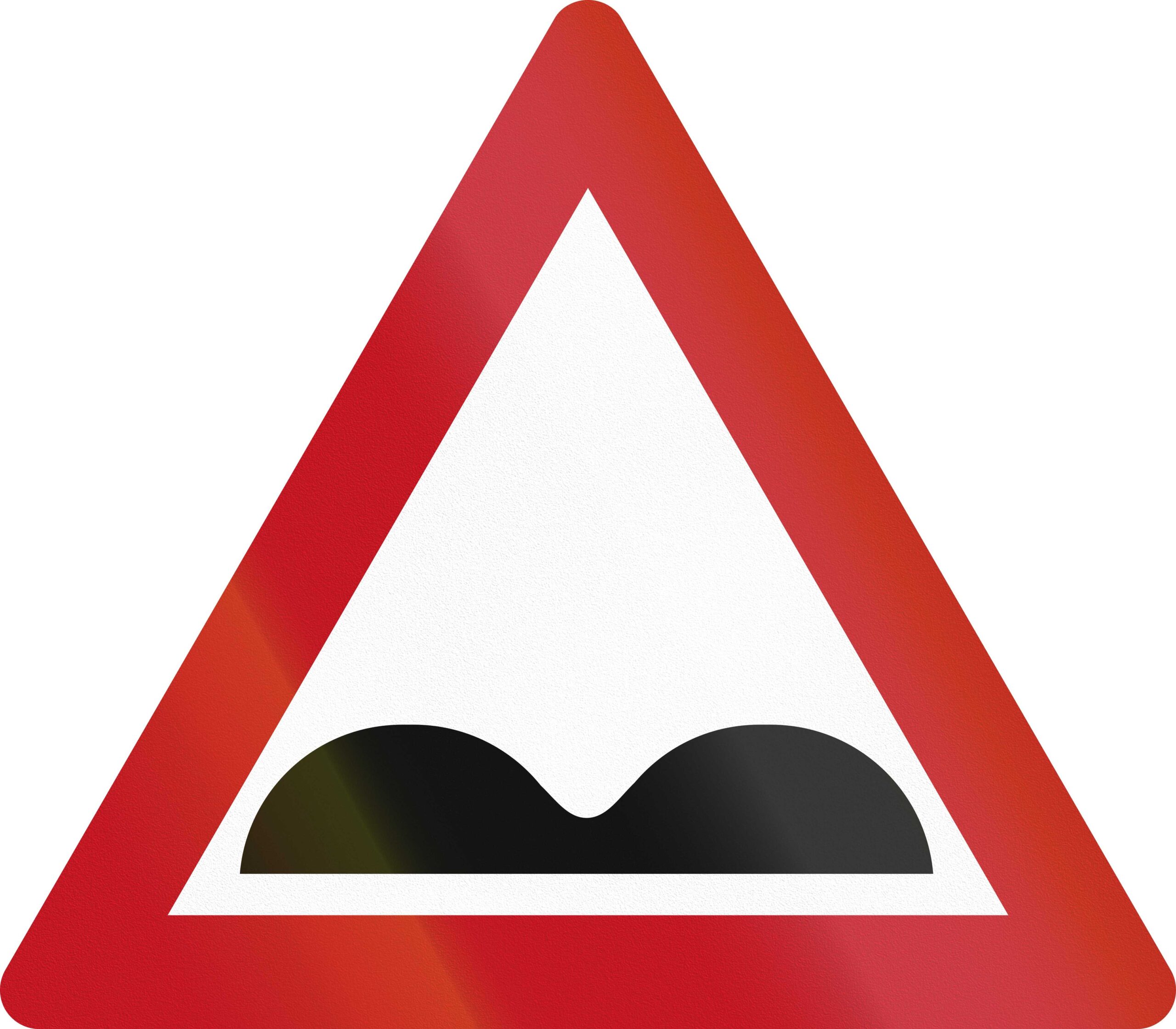 | 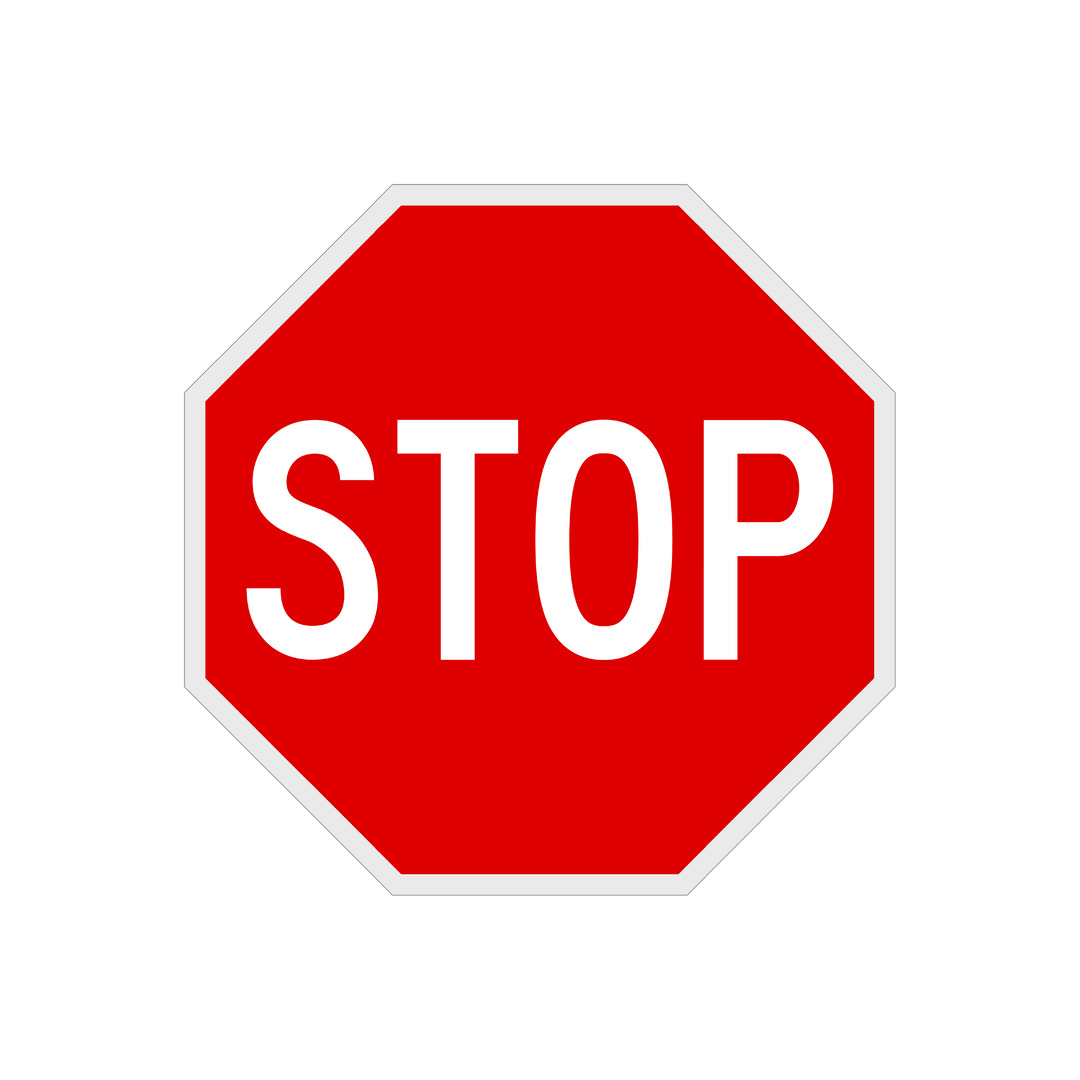 |
| This simple road sign indicates that you are required to give way to oncoming or crossing traffic. You will usually see this sign when you are approaching a junction or crossroads. | The above sign sits within the warning category and alerts drivers that the road surface is uneven. If you find yourself on a road like this, you should lower your speed when it is safe to do so and take care when driving over any bumps. By lowering speed, you are reducing the risk of any damage to your hire car and potential problems at the hire car desk once you return home. | There’s no mistaking this next sign, as it is identical to its UK counterpart. When you see this sign, you must come to a complete stop; otherwise, you could face a fine of up to €100 and a point on your licence. |
| No Entry | Roundabout | Speed Limit/End of Speed Limit |
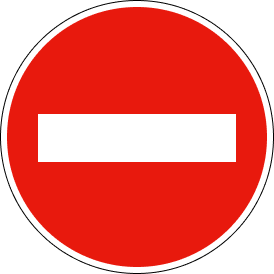 |  | 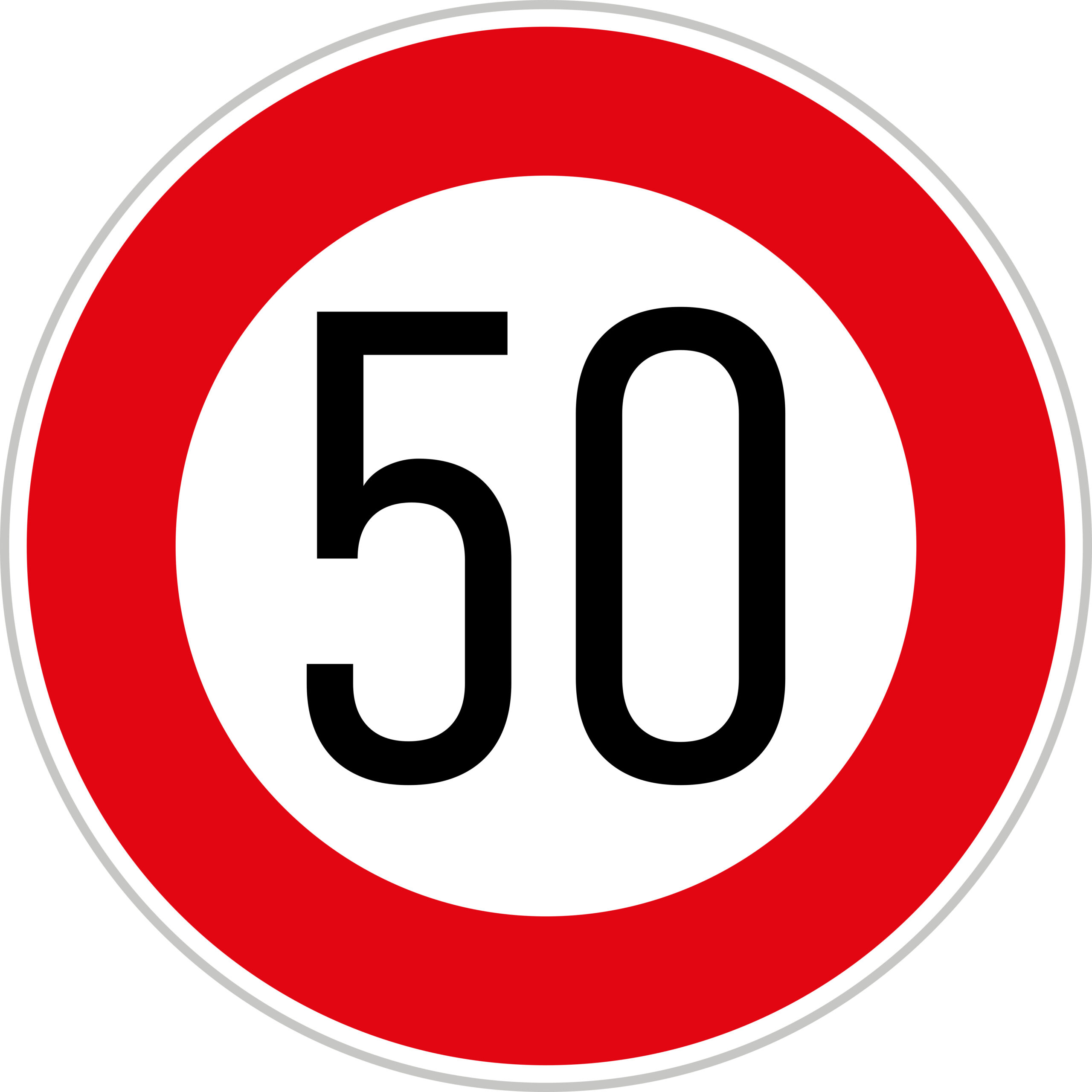 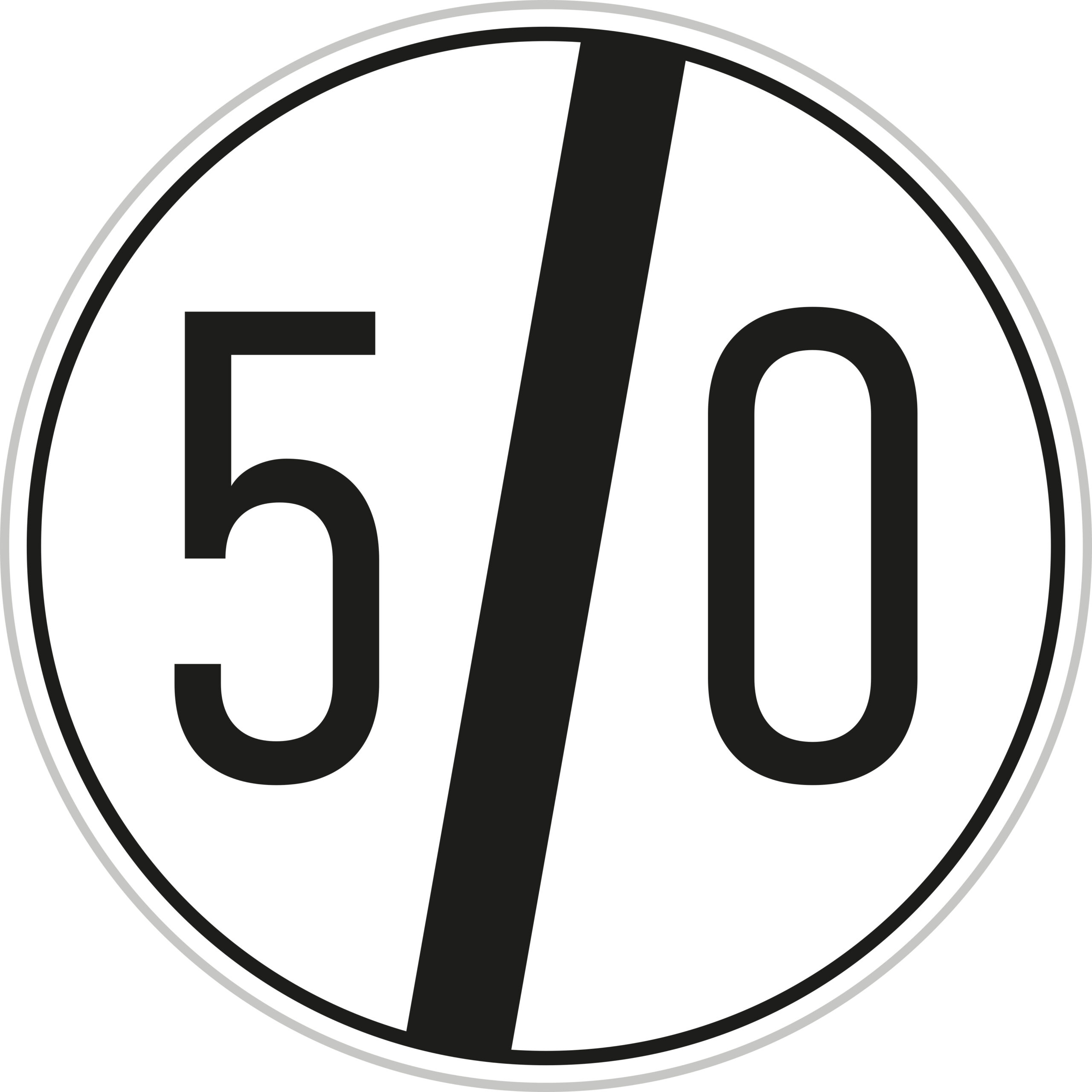 |
| This simple road sign indicates that you are required to give way to oncoming or crossing traffic. You will usually see this sign when you are approaching a junction or crossroads. | This mandatory sign indicates that you are approaching a roundabout. In Germany, you must always give way to any traffic that is already on the roundabout. It is also important to remember that you should not indicate as you enter a roundabout, but only when you are leaving it. | A German highway sign that you will immediately recognise as being similar to the ones you are used to in the UK are those for speed limits. The only difference is that much like other European countries Germany follows the metric system for its speed limits and distances. End of speed limit restrictions When you see this sign, it means that the previously stated speed limit no longer applies. However, this does not mean that you can put your foot down; there will still be limits in place. Once you have left a speed-restricted zone, it is always best to look out for signs that alert you to the new speed limit. |
| Minimum Speed Limit | General Warning | Traffic Restriction Zone Starts/End |
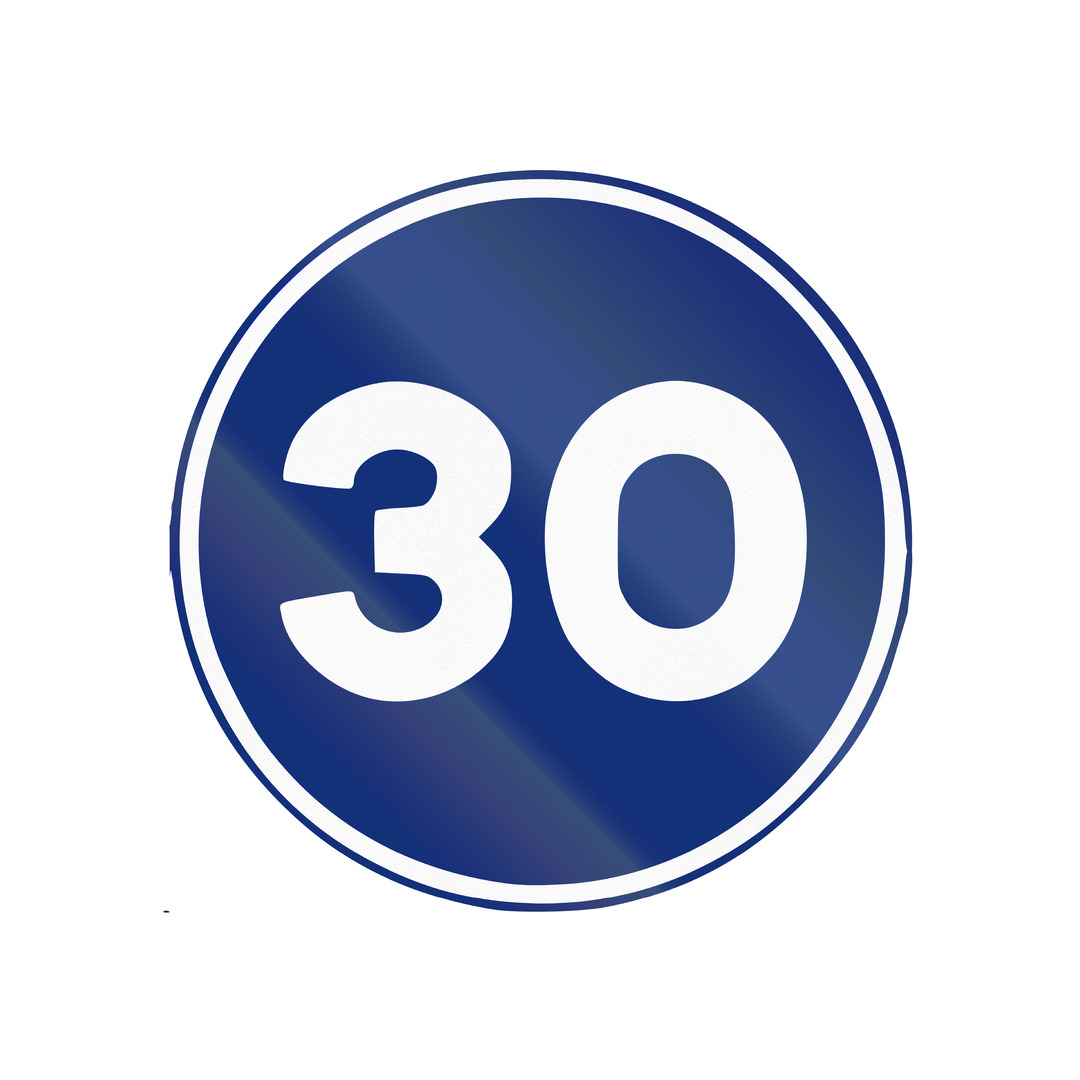 | 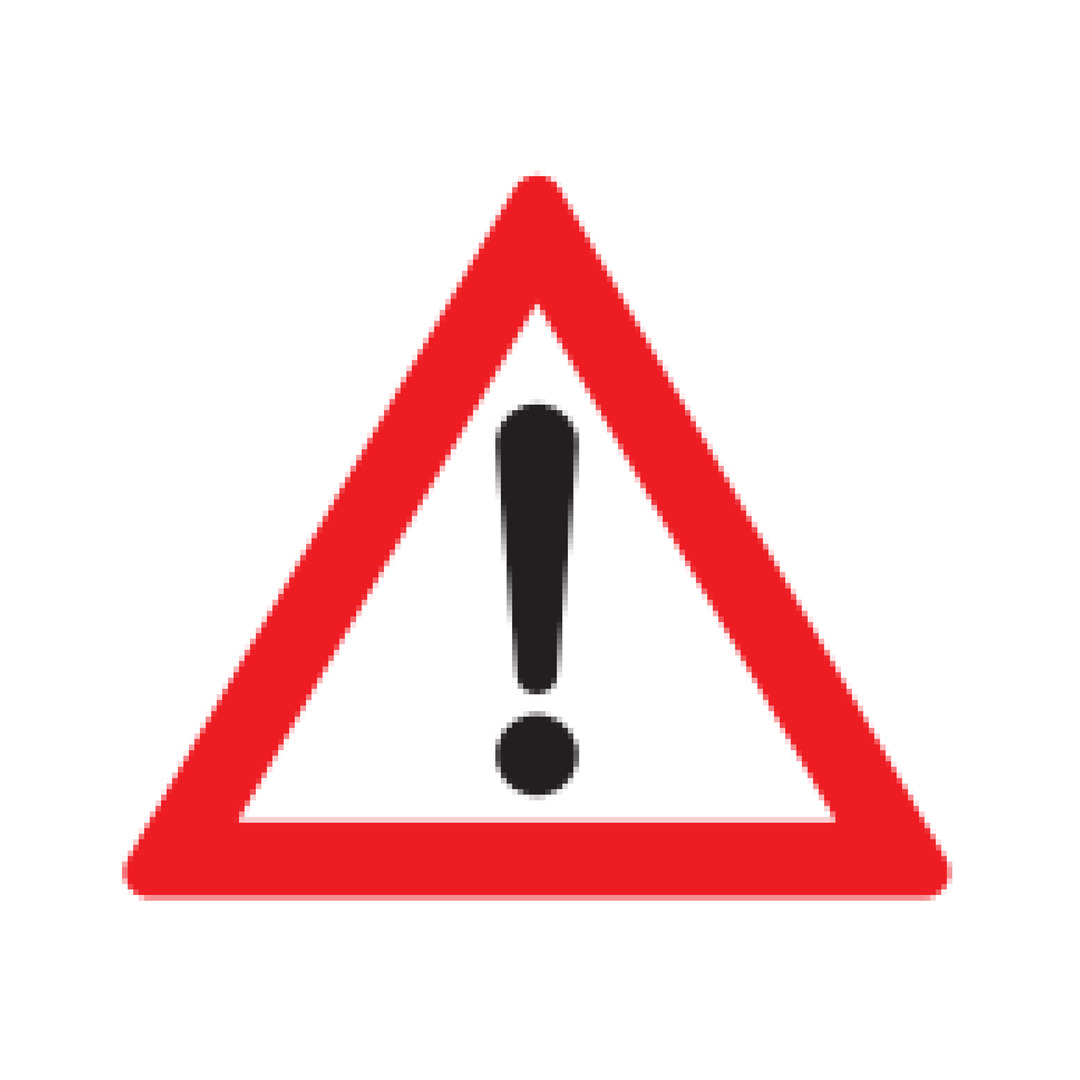 | 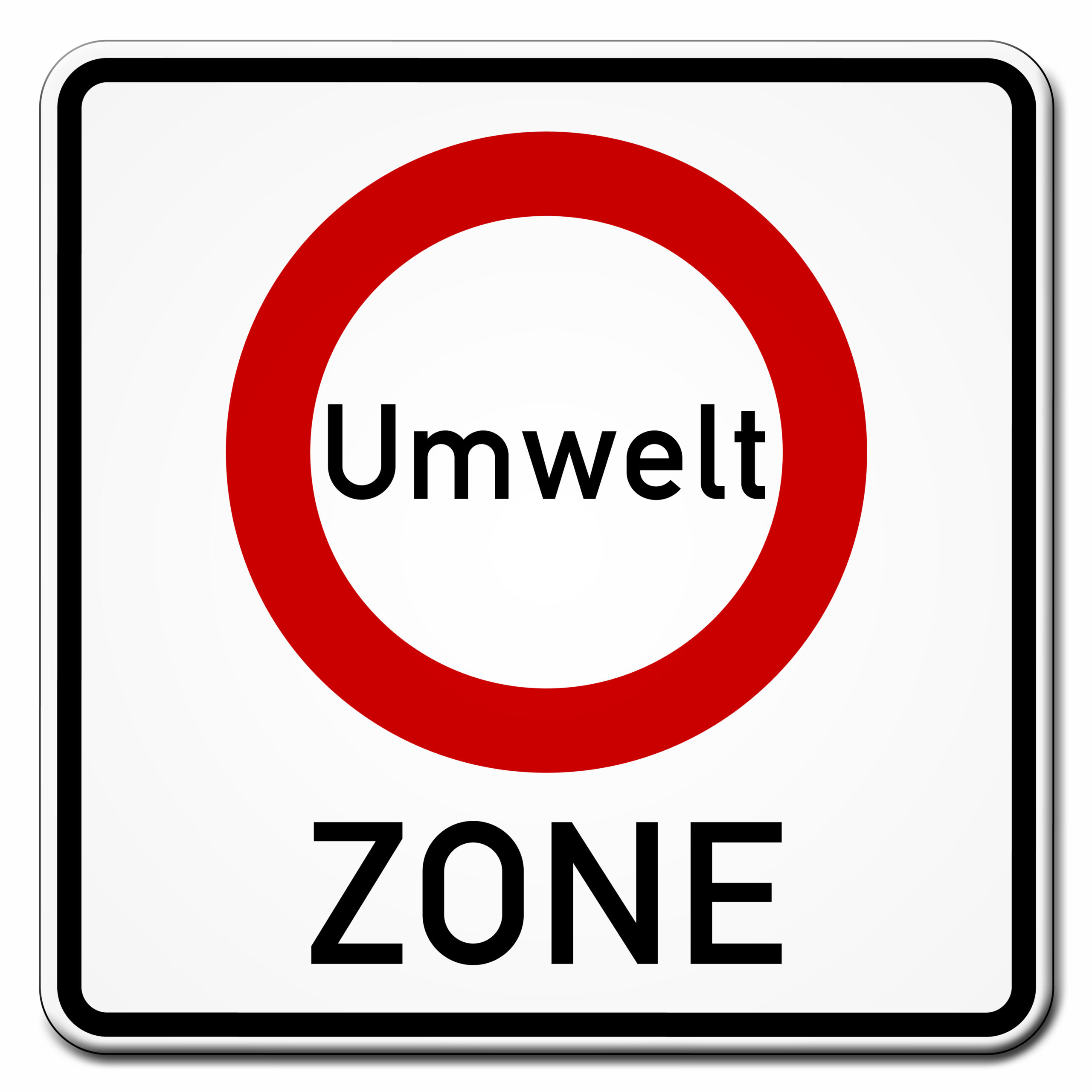 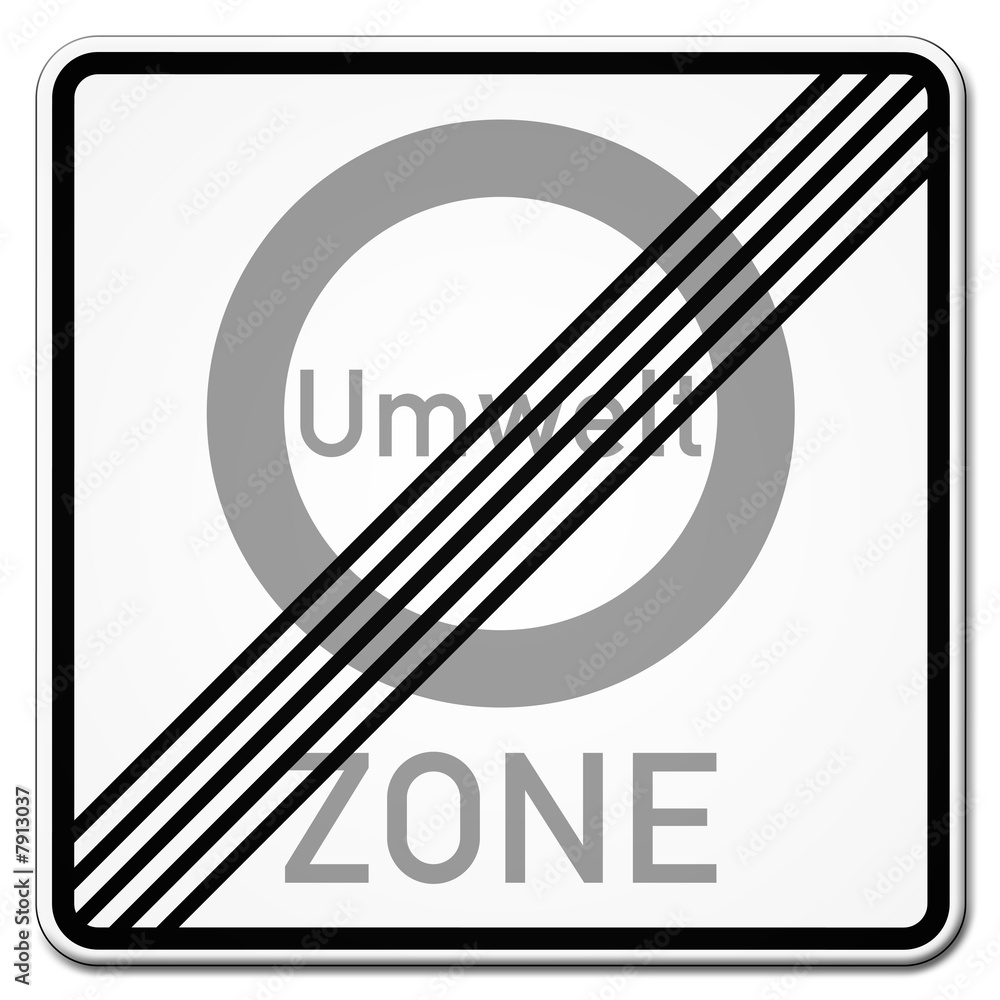 |
| This next sign is also very similar to the UK version and indicates that your vehicle must be capable of performing at the stated speed. On certain sections of road, you may see a speed limit sign accompanied by a white square sign stating ‘bei Nässe’. This translates to ‘if wet’ and means that if the road is wet or slippery, you must drive at the advised speed limit. | If you see one of these general warning German road signs, you will usually find that it accompanies a second sign with further information. It is alerting you to the fact that there is a hazard ahead and that you should proceed with caution. While this sign can seem alarming, a hazard does not always mean an accident or delays; it can also mean you should avoid sudden lane changes or look out for road damage. | Low emission zones are referred to as ‘umweltzone’ and signs will show you where they start and end. In order to enter these zones, you must have a German emissions sticker clearly displayed on your windscreen. If you do not display a sticker, you will be refused entry to that specific area, and if you are caught driving without one, you could be issued a fine of up to €100. The above sign indicates that you have reached the end of the restricted zone and are no longer required to display your sticker. However, it is important to keep your sticker on hand. |
| Minimum Following Distance | No Stopping/No Waiting | Priority Road Starts/End |
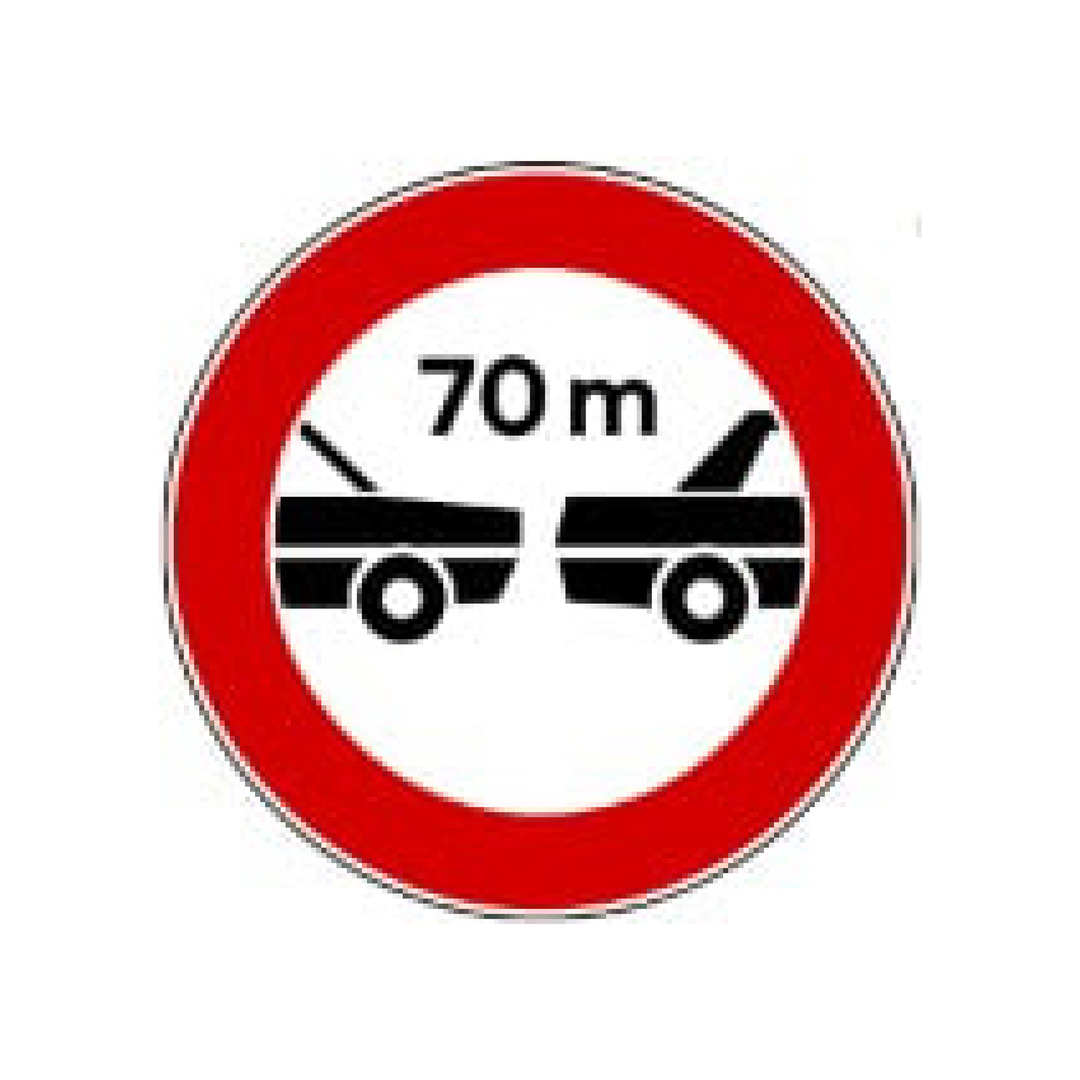 | 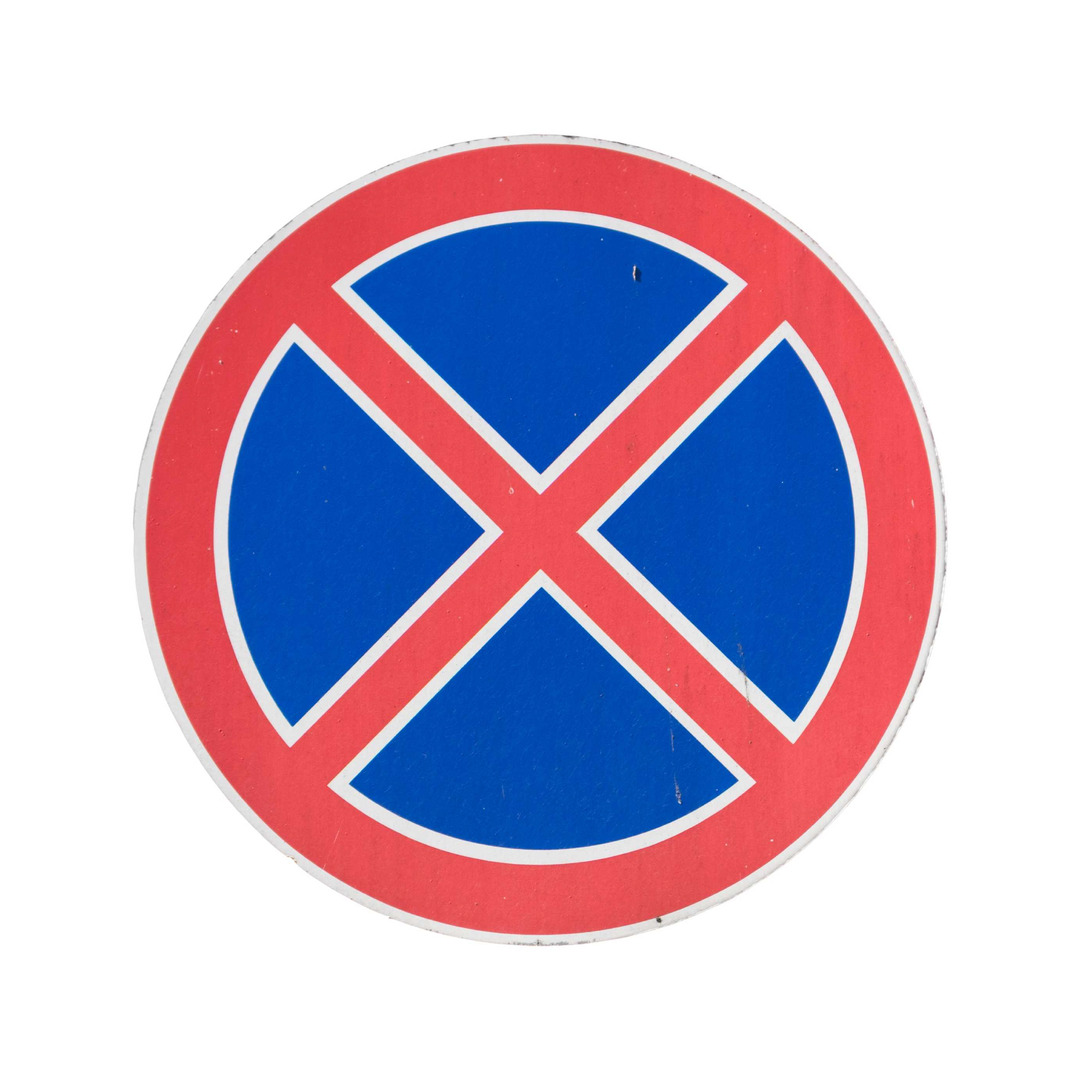 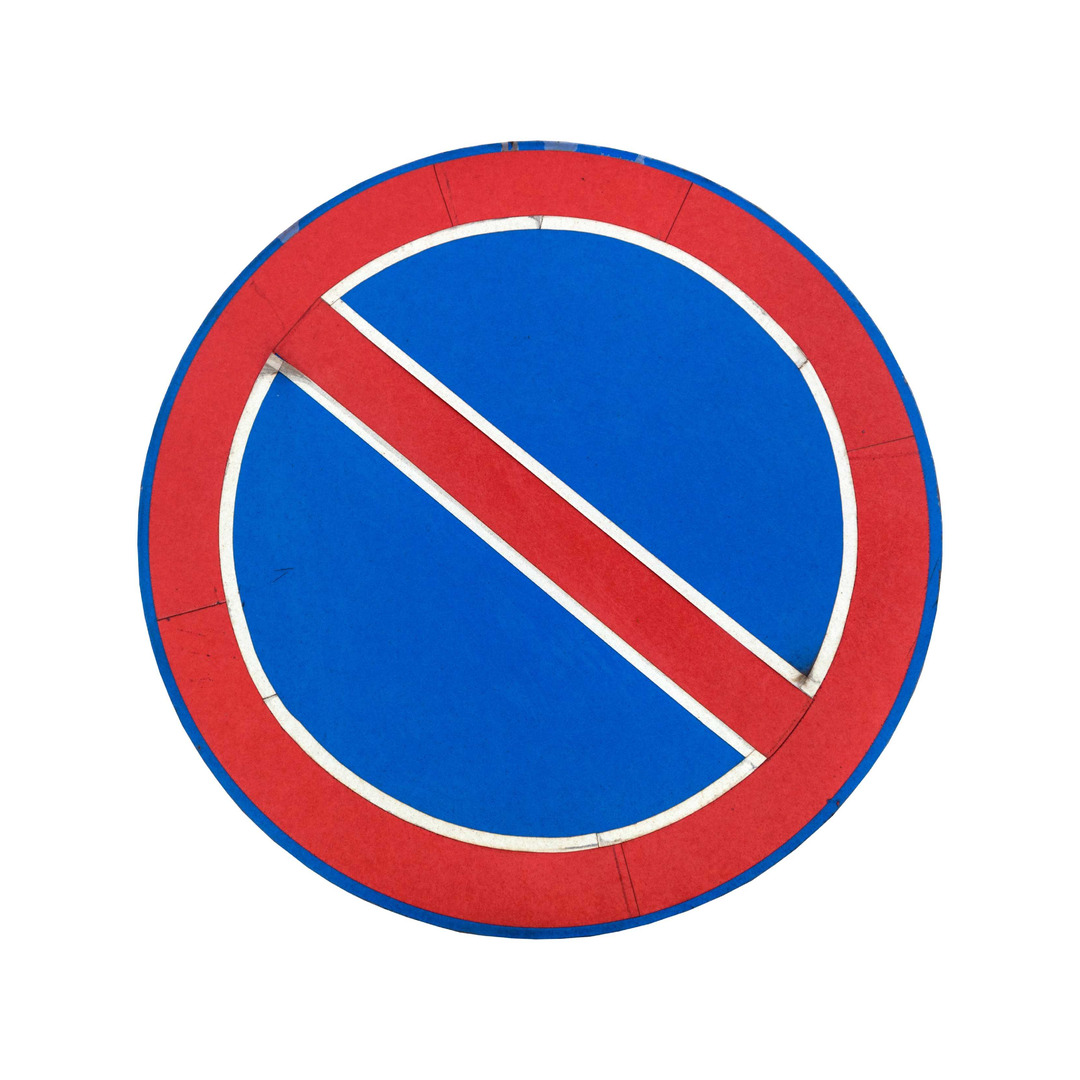 | 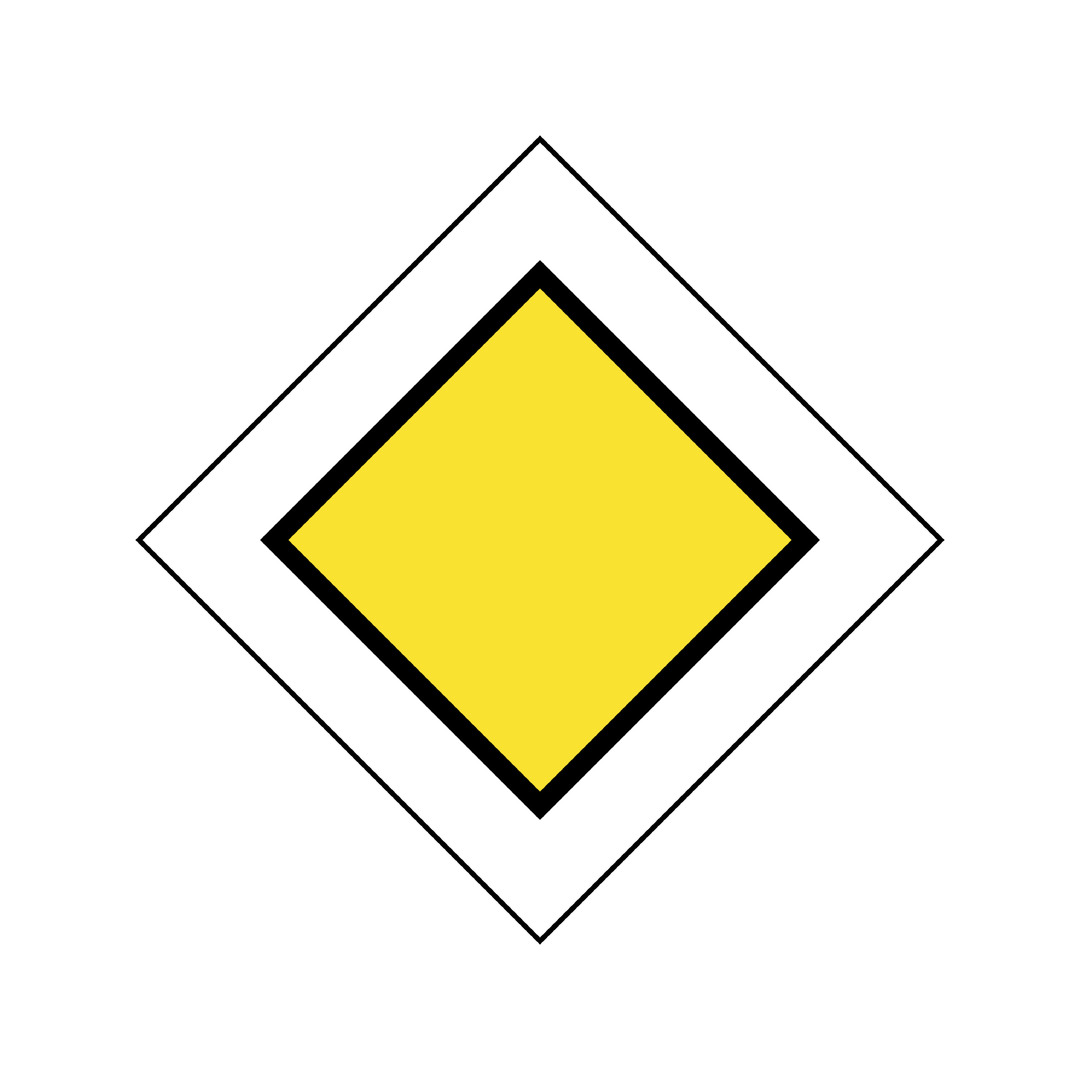 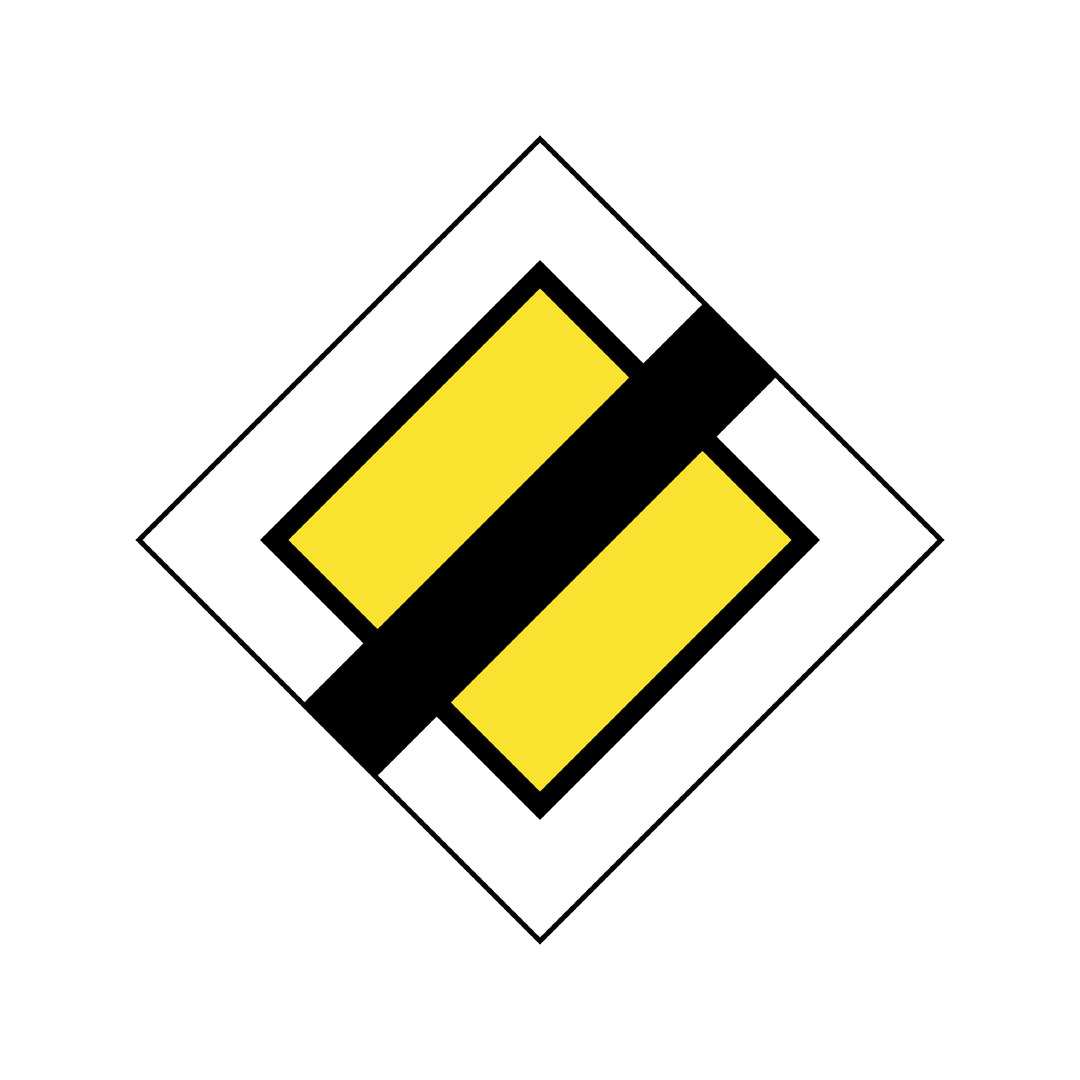 |
| This sign only applies to vehicles that weigh more than 3.5 tonnes and specifies the minimum distance they need to maintain from the vehicles in front. The distance shown will be in metres. | The above sign with two diagonal lines indicates that you cannot stop or park in that particular area. Meanwhile, the sign with one diagonal line stipulates that drivers are not allowed to stop for longer than three minutes. Both signs apply to the side of the road that they are situated on, unless they appear with the word ‘zone’, in which case, the rule applies to that signposted area. | When you see a German road sign with a yellow diamond and white edge, this means you are entering a priority road and have right of way at all intersections. This means that vehicles coming in from the right must give way to you in this instance. The end of a priority zone is marked by a priority road sign with three black lines struck through it, and that normal rules apply. |
| Priority Road at Next Intersection | Unmarked Intersection |
 | 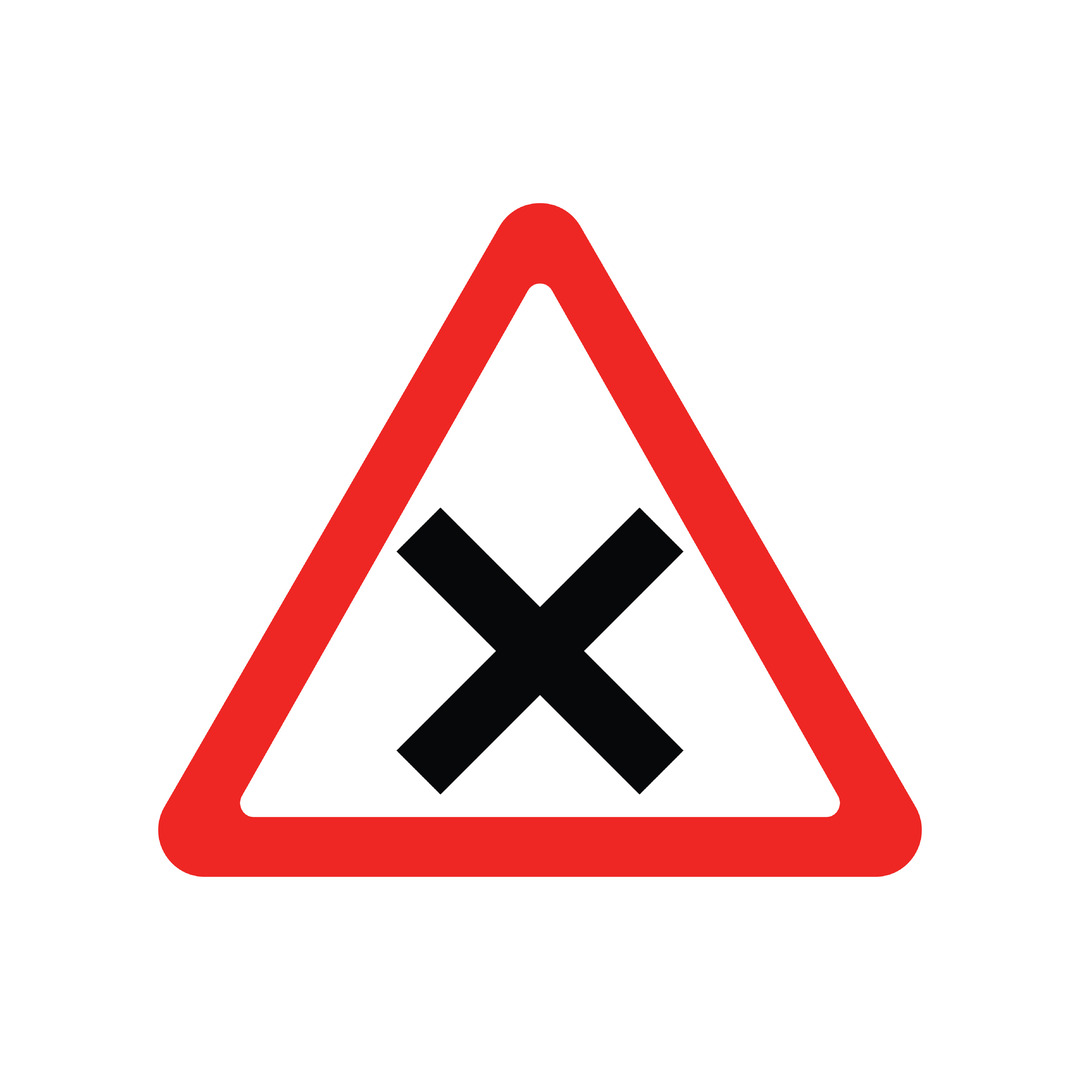 |
| When you see this warning sign with a wide arrow intersected with a thin line, this means that you have right of way at the next junction. Just like driving on a priority road, you should ensure that drivers are prepared to give way before you move off. | This German traffic sign belongs in the warning category and alerts you to the fact that you are approaching an ‘unmarked’ or ‘uncontrolled’ intersection. When you see this sign, you will need to reduce your speed and be prepared to give way to traffic approaching from the right-hand side. |
German Road Markings
Now that you have a better understanding of Germany’s road signs and what they mean, it’s time to take a look at German road markings.
Just like the signs, you may find that some of the road markings are not too dissimilar to what you will have encountered in the UK. However, there can be some differences, so it is always best to do your research before hitting the road.
Here is a general guideline for German road markings:
- Solid white line. Marks the edge of the road or lane that prohibits road users from passing on either side
- Broken thick white line. Used to separate different routes and are usually found at crossings and junctions
- Broken thin white line. Used to break up lanes of traffic. Drivers are allowed to cross these lines to overtake or exit when it is safe to do so
- Zigzag line. Highlights that both parking and stopping are prohibited in that area
- Merge arrow. Indicates that passing traffic needs to merge into the right-hand lane as the passing zone is coming to an end
When driving in unfamiliar areas, it is also important to look out for road markings that indicate that certain road areas are only for the use of certain vehicles, like buses, bikes, and emergency vehicles. Just like in the UK, areas designed for these vehicles will be highlighted by symbols, words, or painted a different colour.
Driving in the wrong lane can easily cause a dent in your holiday budget, as you will be issued with an on-the-spot fine.
Fine amounts can vary depending on the type of lane you were driving in; for example, the fine for driving in an emergency lane will set you back up to €320. So, it is always best to be aware of your surroundings and ensure you are driving in the correct lane.
Toll Roads in Germany
While many European countries charge vehicles for using their motorways, Germany is one of the very few countries that generally doesn’t do this for private cars.
Motorway tolls only apply to vehicles or vehicle combinations that exceed a combined weight of 7.5 tonnes. These tolls can be paid electronically without the fuss of having to use a toll booth.
The only exception for cars weighing 3.5 tonnes or more is if they are wishing to pass through the Warnow or Herren Tunnel. If your journey will take you through either of these tunnels, you can easily pay the toll in person or pre-pay electronically with TollPass.
Final Thoughts
We want your trip to Germany to be memorable for all the right reasons, and not because you received an unnecessary fine or got lost. By learning more about German road signs, markings, and toll roads, you can feel more confident when navigating the roads and exploring new places.



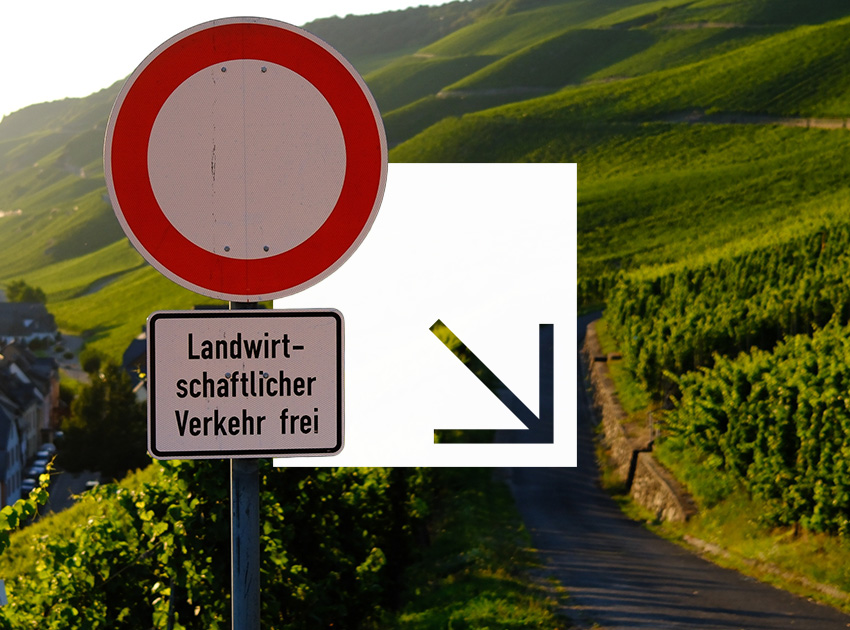
Comments are closed